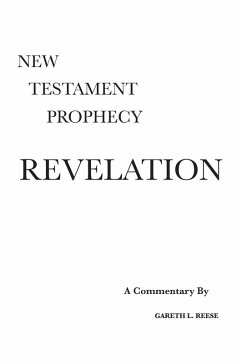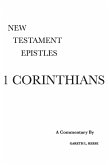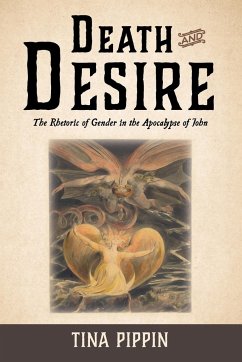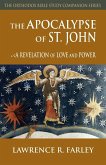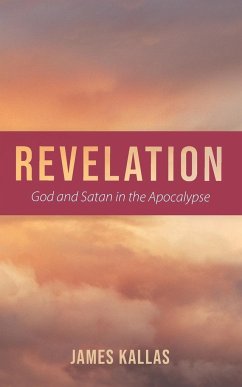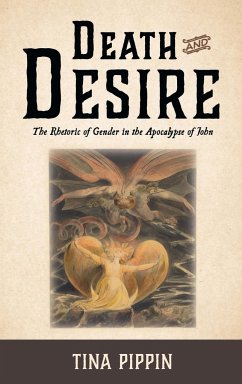This is a phrase-by-phrase commentary and exposition of Revelation, and continues the author's New Testament commentary series. The only book of prophecy in the New Testament, Revelation presents unique challenges. Revelation 1:1 announces itself as being given in symbolic language. Symbols make comparisons, and Revelation uses things from the physical world to illustrate spiritual truths. In recording the various visions he saw, the Apostle John gave us a book filled with signs and figurative language to depict real events and people. However, because symbols and figurative language are non-literal, their interpretation can be innately difficult. Further, John's visions cover an expansive historical timeline. Over and over, the visions take us from Jesus' time on earth to the final judgment at the end of the age, while giving us glimpses of his own present, the near-future, the end times, and even of eternity to come. And throughout, John interweaves a variety of perspectives: of the earthly and heavenly, of Christians living on earth and of Christians presently in the intermediate state, of the physical and spiritual dimensions, and of men and angels and demons, and even of God Himself. This commentary uses the Progressive Parallel, or Historical Cycle, method of interpretation. That is, John sees the course of history revealed in six sets, or cycles, of overlapping, complementary visions. Parallel means various symbols are often the subject of two or more visions, and different visions cover similar time periods. Progressive means later visions often reference earlier visions, and the spiritual conflict John witnesses intensifies as Revelation advances. While Revelation is the only book of prophecy in the New Testament, the NT contains other prophetic passages and the Bible contains other prophetic books. In both the Introductory Studies and within the commentary itself, Dr. Reese harmonizes his interpretation of Revelation with other, less symbolic, passages. A Glossary of Key Symbols connects Revelation's symbols to other Scriptures. And the Language of Prophecy appendix summarizes key passages anyone must wrestle while studying Revelation. The words of Revelation are not just John's own; they reflect what John was told to write by the Lord or by the angel sent to help him interpret what he was seeing. This commentary seeks to stoke interest in Revelation's message, and to stimulate readers to further in-depth study of the mystery God has opened to us.
Bitte wählen Sie Ihr Anliegen aus.
Rechnungen
Retourenschein anfordern
Bestellstatus
Storno

